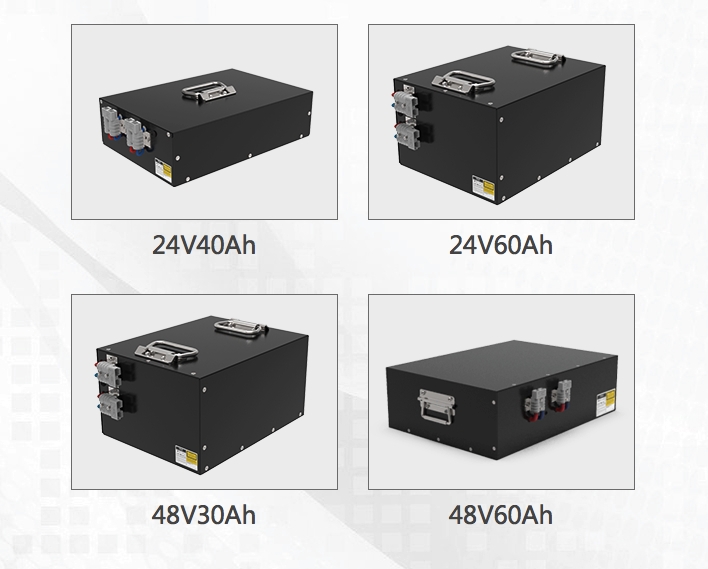- 22
- Nov
Analysis of safety factor of AGV lithium battery
In recent years, we have focused on the discovery of agv and the safety of important components of agv. The safety of lithium batteries first depends on the battery itself. The lithium battery is composed of positive electrode data, negative electrode data, electrolyte, separator and hundreds of batteries, combined into a lithium battery pack, commonly known as a battery pack.
1. Security at the mobile phone level
The higher the energy density, the more unstable the AGV lithium battery. The dangers of lithium batteries are thermal runaway and fire and explosion.
2. Package access security
If the AGV lithium battery belongs to the characteristics of the battery itself, the packaging layer attaches great importance to the connection between the battery and the environment, including heating, kneading, acupuncture, water immersion, vibration, etc. Therefore, it is very important to ensure the safety of the PACK layer through international standards.
4. Battery positive and negative data
Positive electrode data: The thermal stability of the positive electrode data can be improved by doping, coating the positive electrode data or replacing the positive electrode data with metal atoms. Anode data: The anode data is coated with electrolyte additives or to improve the stability of the SEI film. And select new anodes, such as lithium titanate anodes, alloy anodes and other data to improve the safety performance of the anode.
For lithium battery customization, the quality of the required information also guarantees the battery’s performance, safety, service life and other characteristics. Today, lithium batteries are everywhere in our lives. They are useful in various industries, such as mobile phones, electric cars, drones and other power tools.
Lithium battery customization is an important part of the battery and the casing, including the positive electrode, the negative electrode, the gap and the electrolyte.
The positive electrode is an active material, generally composed of lithium iron phosphate, ternary lithium and other materials. It is the most important part of the entire lithium battery, and its cost accounts for about 1/3 of the total cost. Most lithium batteries are also named after the negative data.

The negative electrode is also an active material, usually made of graphite or graphite-like carbon. There are also separate lithium-ion titanate batteries with lithium titanate as the negative electrode.
Lithium ion barrier is a specially formed polymer membrane that acts as a support structure for lithium ion transport in lithium batteries, such as bones and blood vessels in the body.
Electrolyte is a special solution, such as blood in the body, which can transfer energy.
The shell is usually made of hard-packed steel and metal, and the soft-packed aluminum and plastic film protect the surface of the battery.
